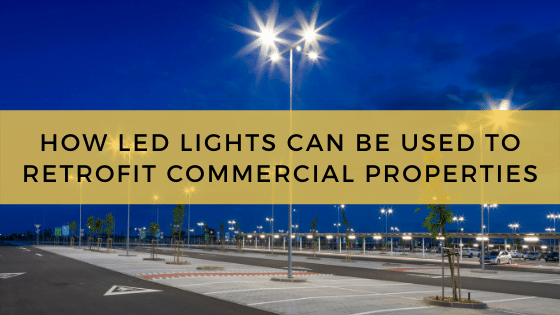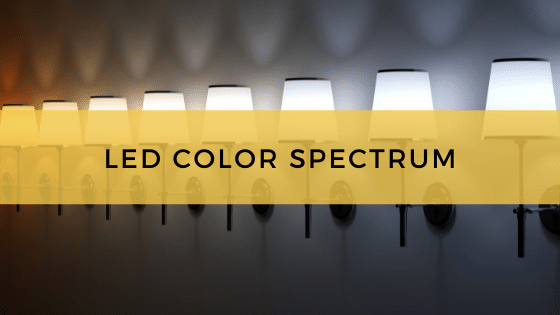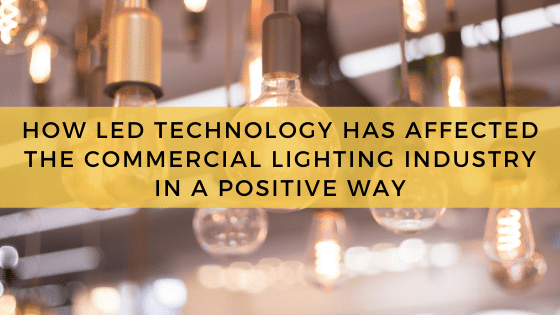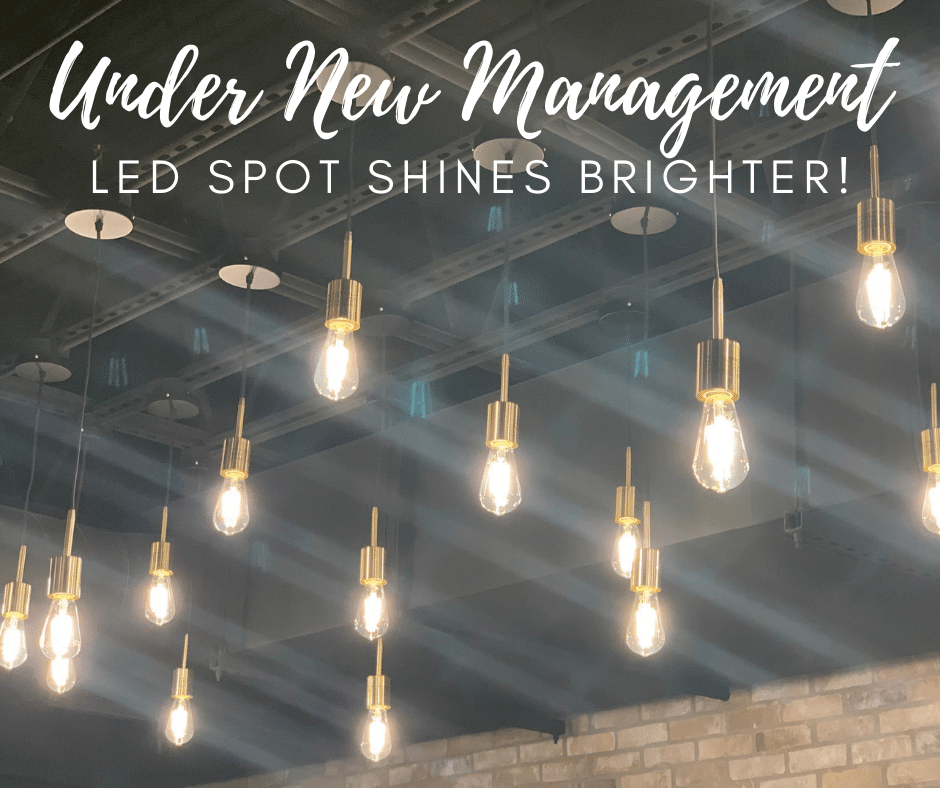
The best security lights deter would-be intruders as soon as they step onto the property. The best systems do this automatically and efficiently with LED lighting, so the business or home is always protected with bright lighting while keeping energy costs to a minimum.
Modern security lighting switches on instantly and requires little maintenance. It’s one of the least expensive methods of deterring intruders, so it’s an investment every property owner should consider.
What The Best Security Lights Look Like
Security lighting is just as much about fixture placement and configuration as it is about fixture selection. All three are critical to setting up a system that works well. Fortunately technologies like LED lighting make fixture placement and configuration easy to handle. It also provides additional controls not available in standard security options.
LED lighting is a natural fit when used for added security, which is why lighting experts recommend LED security lights. Here are some of the other benefits of LED technology in a security role:
- LED lights are easy to aim – The primary purpose of security lighting is to illuminate as much as possible at the ground level. The fixtures must be aimed toward the ground, but that’s not always as easy as it sounds. Many older lighting options, like incandescent, radiate light in all directions. When working with these lights, reflectors are often required to bounce the illumination back toward the ground. Of course this approach is not entirely efficient so some portion of the light is lost even when reflectors are in place.
LEDs are not burdened with this problem. In their standard form LED lights are directional which means they emit most of their light in a single direction. Installers can take advantage of this and aim the fixtures precisely where needed with little trouble. LED lighting is a brighter light source so more light reaches the ground, which means a less intense lamp can be used to light the same area effectively saving on energy consumption. - LED lights are compatible with most control methods – LED fixtures might be the most controllable form of lighting available. They can be attached to dimmers, timers and various occupancy controls, which means their performance can be precisely managed. The lights are only on when they need to be and off or dimmed when they aren’t needed.
Controllability is a big deal for security lights. Keeping them on constantly will only drive up energy costs and reduce the lifespan of the bulb. Security lighting serves little purpose during the day so many business and property owners prefer lighting that only switches on when someone is near the building. Motion detecting lights are often a deterrent to a would-be intruder, startling them and causing them to run off from the well-lit area.
Another valuable trait of LED lighting is that it reaches full intensity instantly when switched on. Older lighting technologies can’t provide the same, and this lag means it will take several seconds for the fixture to achieve maximum brightness. If the system is tied to motion or heat controls this instant-on feature is the perfect complement. - LED lights don’t require much maintenance – In general, LED fixtures are more durable and longer lived than other forms of lighting. They also offer better shock resistance than typical lights which means they can take the occasional bump without going out.
Perhaps most important is the fact that LED lights last much longer than other fixture technologies. Most LED lights are rated for at least 50,000 hours of performance, though it’s normal for an LED fixture to last even longer than that. As fixtures age they tend to lose their intensity, but LED lights resist this better than other options.
Longevity and reliability make LED lights a low maintenance investment. If the fixtures are configured with timers or motion controls they will likely last many years before any significant maintenance is required. Since LED lamps don’t have to be replaced as often it’s easier for home and business owners to keep up on which lamps need to be changed out. - LED lights are energy efficient – One of the principle traits of LED lighting is that it’s energy efficient in nearly any application. This is also true of the best security lights where the efficiency of LED bulbs can significantly lower energy costs over time.
This greater efficiency should be accounted for when considering security lighting options. While it’s true that LED lights are more expensive upfront, the added cost is made up for over the fixture’s lifespan. It’s a tradeoff really but in a good way. Pay more upfront for greater savings in the long run or opt for cheaper lights that must be replaced more often. - LED lights come in many forms – Because LED fixtures are the result of modern engineering they come with considerable design flexibility. What this means is that there are plenty of LED form factors available to homeowners. For example, there are wall mounted LED fixtures, LED strips, pole mounted fixtures, and bollard fixtures, among others.
With so many form factors to choose from it’s easy for home and business owners to get complete coverage with LED technology.
LED technology is both the present and future of the best security lights. Speak with a lighting professional today to discover the latest options for keeping any property safe and well-lit.










